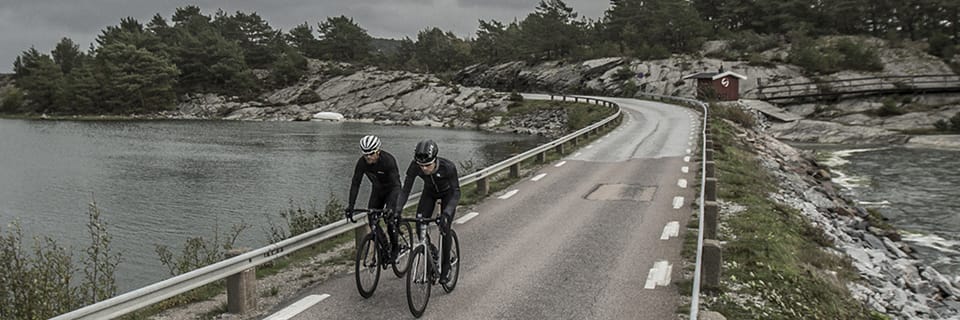Electric drivetrains are coming of age, with an ever-growing range of products on offer! But after all, why switch to an electric transmission? Advantage or source of problems?
Here are some answers.
Widely used on top-of-the-range bikes, electrics are starting to arrive on mid-range bikes too. But after all, why switch to an electric electric transmission ? Advantages or problems? Here are some answers.
The first advantage is as simple as it is obvious. A cable and sheath kit in poor condition or poorly lubricated is the first reason for a transmission malfunction: on the electric, no more cable, no more sheath, so no more problems!
The second advantage is a little more subtle. Even if it's very strong, a steel cable works and therefore stretches slightly over the course of its life. The opposite is true of the sheath, which is designed to be flexible enough to adapt to your bike, so that it gradually compresses. The combination of these two phenomena explains why you need to adjust your settings regularly to correct the problem. Once again, electric bikes eliminate this problem by eliminating the need for cables and sheaths.
The final advantage concerns component assembly. While it's relatively straightforward to install the various parts of a transmission yourself, it's all the more complicated when it comes to adjusting them. In the case of an electric unit, the electronics take care of everything. Depending on the brand, the procedure differs, but generally speaking, you always set the stops, then put the derailleur on a particular sprocket to find your bearings, and you're done. Derailleurs are automatically adjusted and aligned according to the gear ratio.
Finally, as the adjustment is purely electronic, the field of possibilities is wide open! Depending on the brand, here are just a few examples of the features available with electric bikes:
- Reading and recording of speed information (sprocket/ring gear used) on a GPS.
- The possibility of modifying the way gears are shifted (a single control for front and rear derailleurs, the possibility of shifting gears to the left, etc.).
Despite all these advantages, however, some people may still have their concerns. In terms of water resistance, these systems have proved their worth for over 20 years now, and are also used in Cyclocross and mountain biking, where conditions can be extreme. Reliability of components and connectors is a given. As for autonomy, depending on the version, manufacturers claim between 1,000 and 2,000km, more than enough for Roubaix-Nice without any problems!
So, are you convinced by electric power?
Découvrez tous nos conseils & Tutoriels
Road - Rear Derailleurs
-

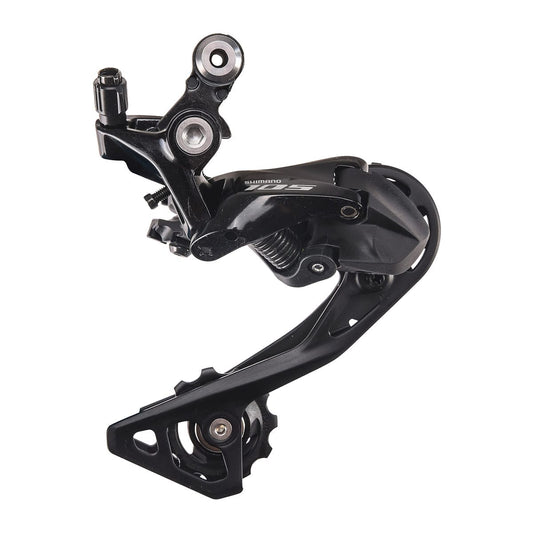
SHIMANO 105 R7000-GS 11 Speed Medium Cage Rear Derailleur Black
Regular price 44,99 €Regular priceUnit price per -
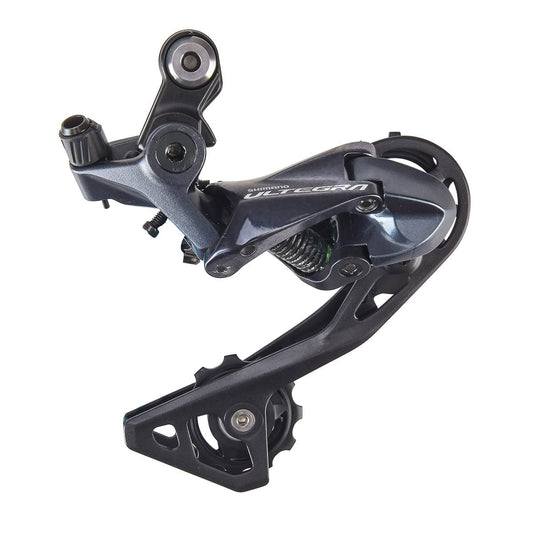
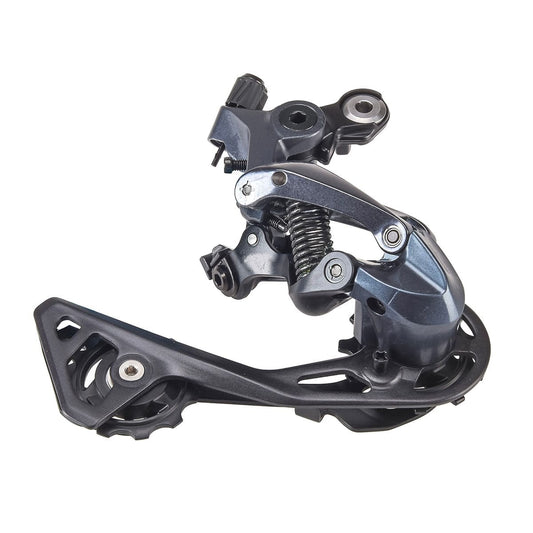
SHIMANO ULTEGRA R8000-GS 11 Speed Rear Derailleur Medium Cage
Regular price 79,99 €Regular priceUnit price per -
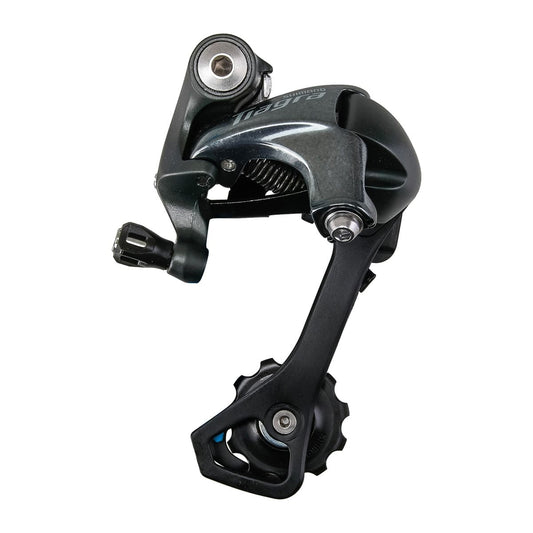
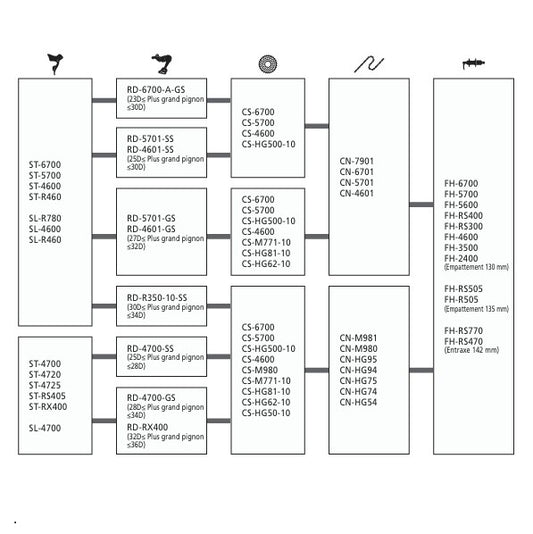
SHIMANO TIAGRA 4700-GS 10 Speed Rear Derailleur Medium Cage
Regular price 38,99 €Regular priceUnit price per -
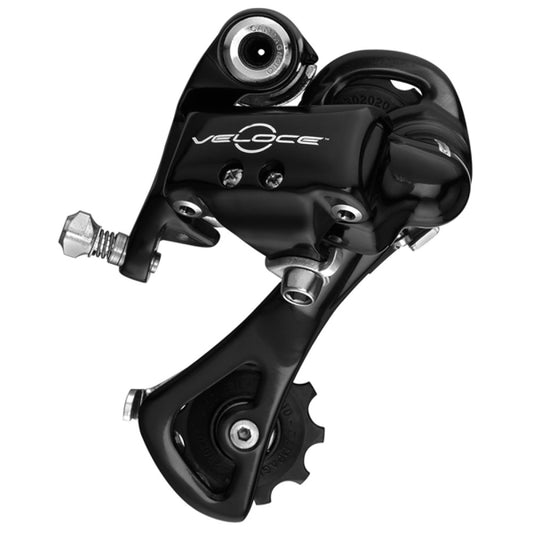
CAMPAGNOLO VELOCE 9/10V Rear Derailleur Medium Cage
Regular price 84,99 €Regular priceUnit price per -
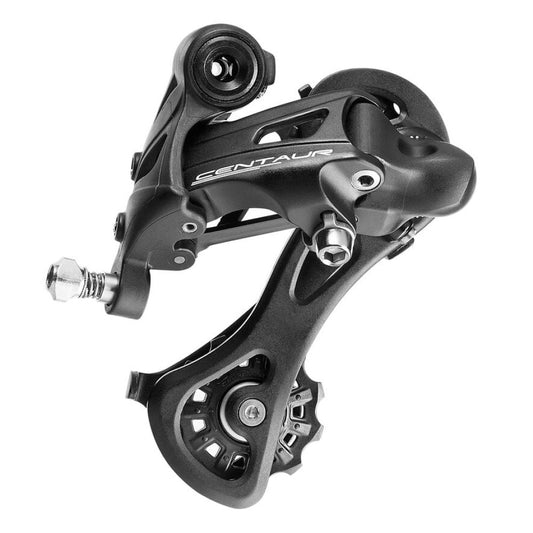
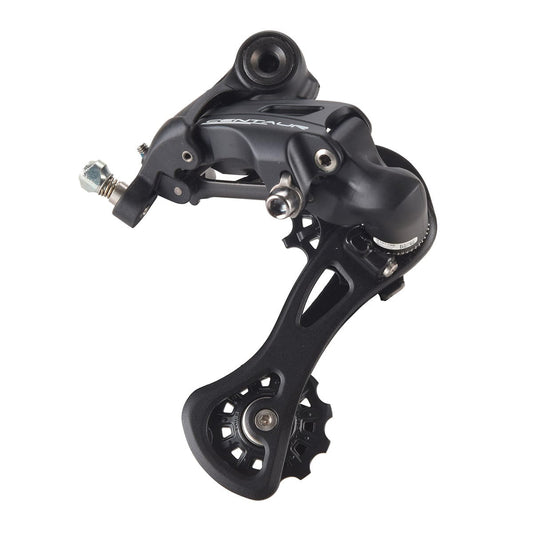
CAMPAGNOLO CENTAUR 11V Rear Derailleur Medium Cage
Regular price 69,99 €Regular priceUnit price per -

SHIMANO ULTEGRA R8000-SS 11 Speed Rear Derailleur Short Cage
Regular price 69,99 €Regular priceUnit price per -
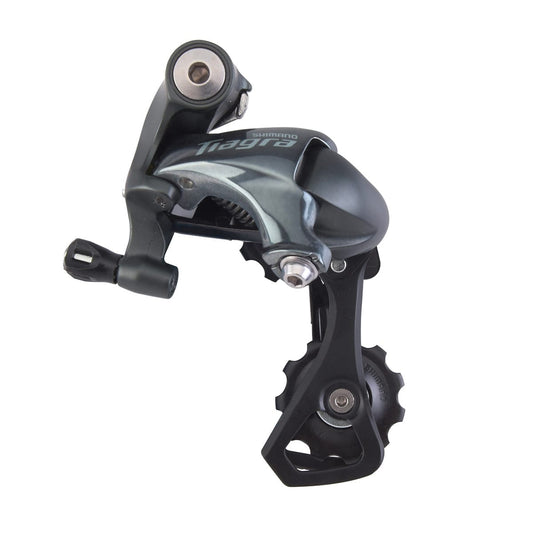
SHIMANO TIAGRA 4700-SS 10 Speed Rear Derailleur Short Cage
Regular price 38,99 €Regular priceUnit price per -
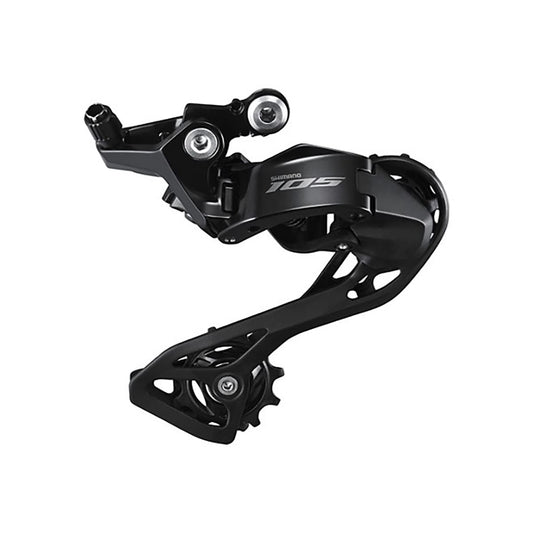
SHIMANO 105 R7100 12V rear derailleur
Regular price 34,99 €Regular priceUnit price per
